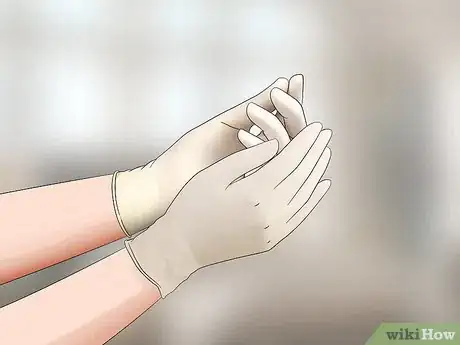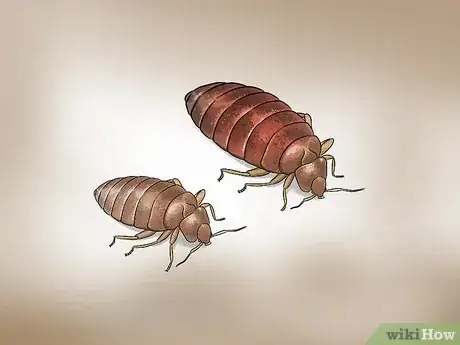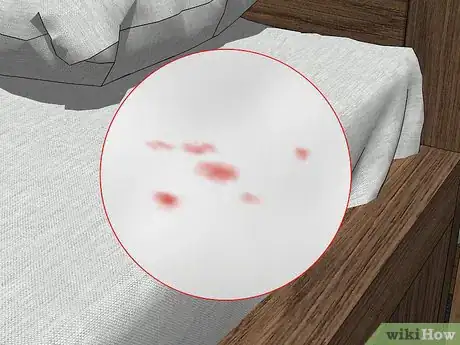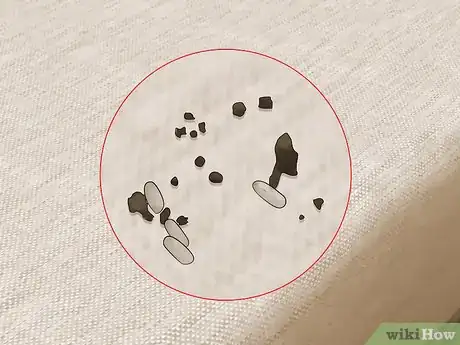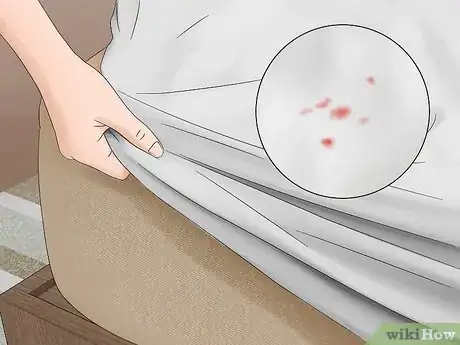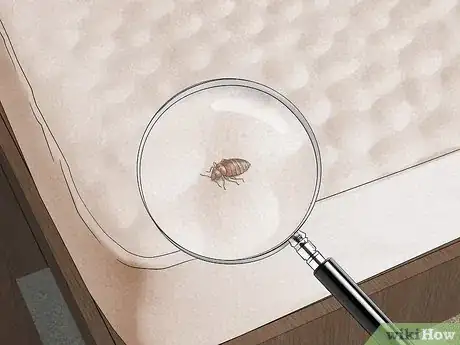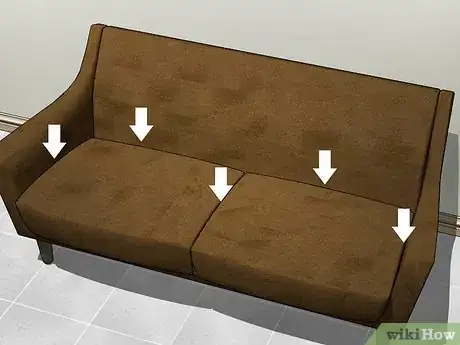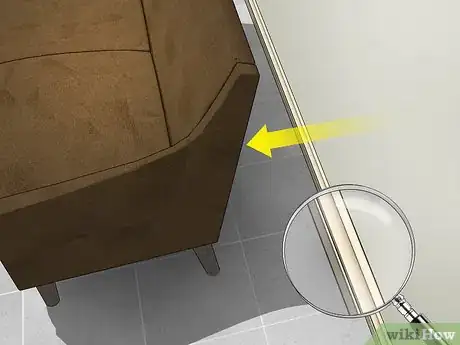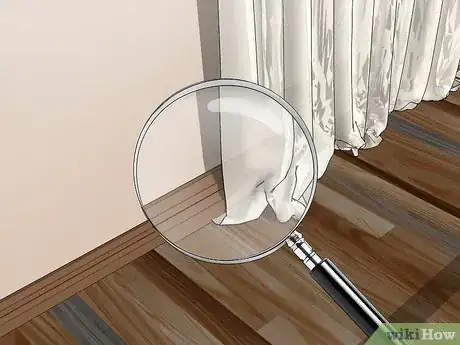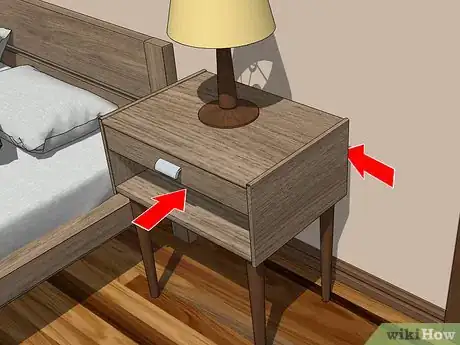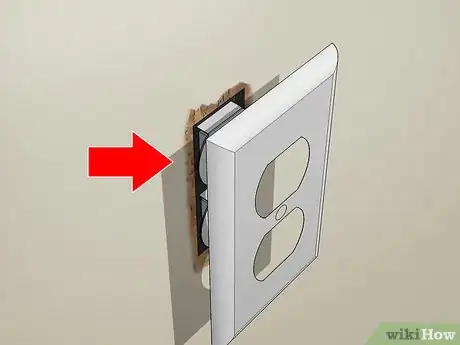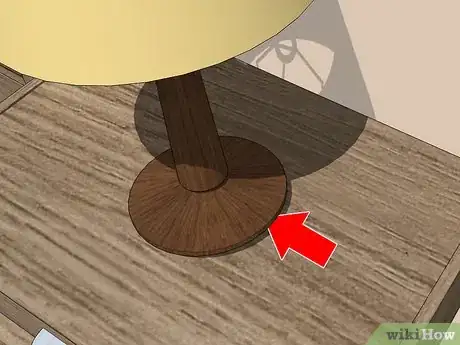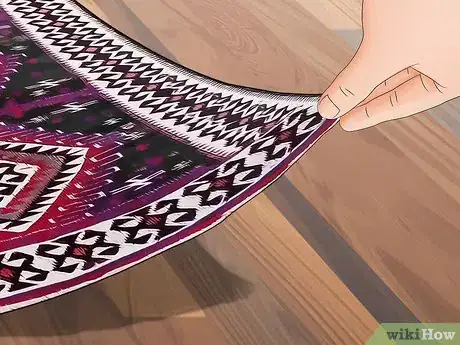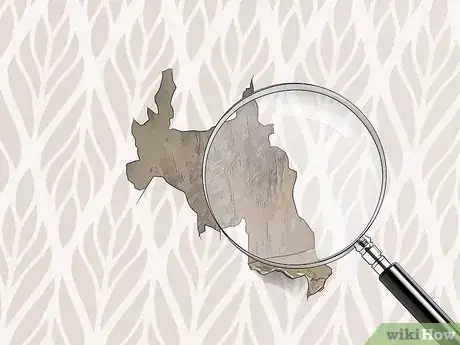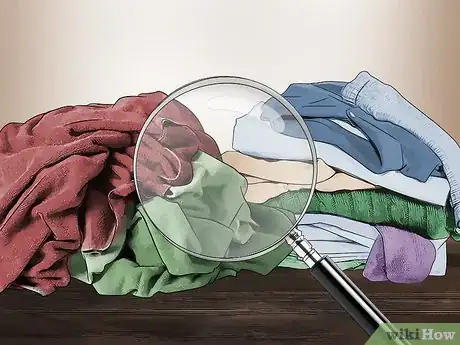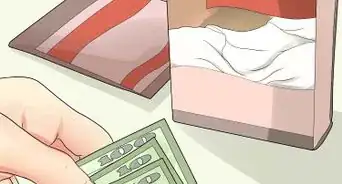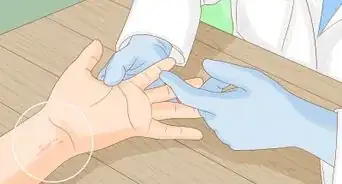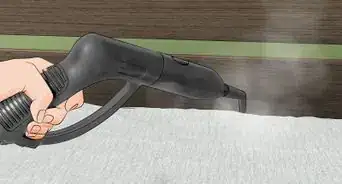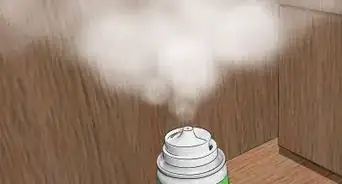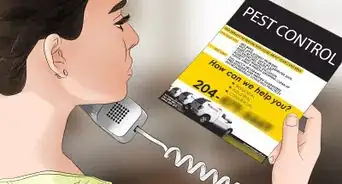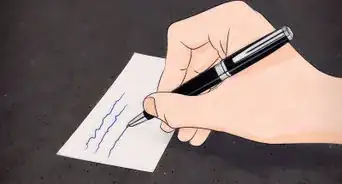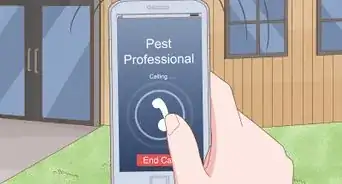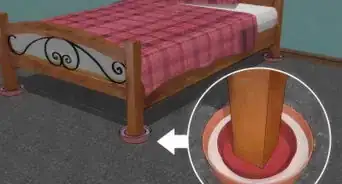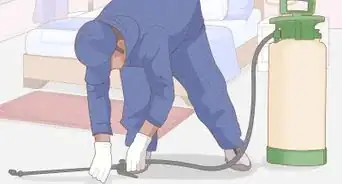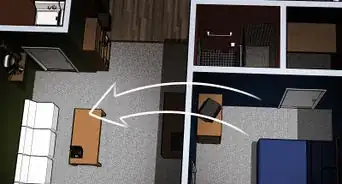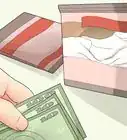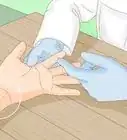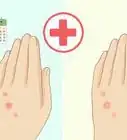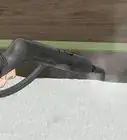This article was co-authored by Kevin Carrillo and by wikiHow staff writer, Jessica Gibson. Kevin Carrillo is a Pest Control Specialist and the Senior Project Manager for MMPC, a pest control service and certified Minority-owned Business Enterprise (MBE) based in the New York City area. MMPC is certified by the industry’s leading codes and practices, including the National Pest Management Association (NPMA), QualityPro, GreenPro, and The New York Pest Management Association (NYPMA). MMPC's work has been featured in CNN, NPR, and ABC News.
There are 9 references cited in this article, which can be found at the bottom of the page.
wikiHow marks an article as reader-approved once it receives enough positive feedback. In this case, 97% of readers who voted found the article helpful, earning it our reader-approved status.
This article has been viewed 1,151,629 times.
If you don't want the bed bugs to bite, determine if they're in your home or hotel room. Learn how to spot live bed bugs or signs that they're infesting your space. Then check common bed bug hiding spots, such as beds or couches, for bed bugs, excrement, or bloody smears. If you can't find signs of bed bugs, don't forget to look in less common hiding places where it might be hard for you to access.
Steps
Looking for Signs of Bed Bugs
-
1Put on gloves to protect your hands. Wear vinyl or latex gloves when you check for bedbugs. This can protect your hands from being bitten by live bed bugs and the gloves will prevent you from coming into contact with blood from smashed bed bugs.[1]
- If you don't have any gloves around, wrap a plastic bag over your hand before looking for the bed bugs.
-
2Identify small bed bugs that are red or brown. Adult bed bugs are around 1⁄4 inch (0.64 cm) long and they have 6 legs. A bed bug that's recently fed on blood will be bright red and round. Once it digests the blood, it will turn a darker brown color and become flat. If the bed bug hasn't fed in a while, it will be a pale brown color.[2]Advertisement
-
3Look for red stains from crushed bed bugs. Since bed bugs feed on blood, they can leave behind red or rusty stains if they get smashed. The color may be bright red if the bed bug was recently crushed or the stain may be dark if the bed bug was smashed a while ago.[3]
- The stains might look like single drops of blood or there will be smears and streaks.
-
4Check for bed bug eggs and excrement. Bed bug excrement will look like very small black spots (about this size: •). The excrement can stain the fabric that's underneath it, so you may see dark streaks as well. You should also look for small pale white eggs that are around 1 millimetre (0.10 cm) in size.[4]
- You may also see pale skins that the bed bug nymphs shed as they grow larger.
Checking Common Areas
-
1Strip the sheets and check the linen. Remove the bedspread, comforter, or duvet and shake it out before you look for signs of bed bugs. Then carefully pull off the sheets and mattress protector. Go slowly so any bed bugs don't fly off of the sheets into the room.[5]
- If you have a mattress protector that's designed to stop bed bug infestations, check the protector near any seams, zippers, or gaps.
-
2Look closely at the mattress and bed frame. Get help to pull the bed away from the wall. Inspect the seams of the mattress and then flip the mattress over. You might see bed bugs crawling away as you do this. Try to lift the mattress up so you can also check the bed frame and its joints.[6]
- Check the wall that the bed is usually up against. Pay attention to excrement or blood stains from bed bugs.
Tip: Remember to check fold out couches, bassinets, and cribs for bed bugs.
-
3Check between the cushions and underneath furniture. Since bed bugs like to live where people rest for extended periods of time, look at recliners, chairs, and couches. Pay attention to the folds between cushions and remove any large cushions so you can look at the furniture's frame.[7]
- You'll also need to tip the furniture over so you can examine underneath it.
-
4Move the furniture so you can look along the perimeter of the room. If you have large furniture, such as a bed or couch, push them to the middle of the room. Then get down to the floor and run a credit card along the baseboards. Bed bugs can squeeze into the gap between the baseboards and walls so the card will help push them out.[8]
- If you have molding near the top of the walls or windows, get up on a ladder and check it for bed bugs too.
-
5Inspect the folds of fabric curtains. Bed bugs are more likely to be near the bottom of the curtains, but they can also crawl up to the top. Pull open the curtains so you can look into the folds where they may be hiding.[9]
- Remember to look behind the curtains as well. They might be behind the curtains where the fabric brushes the baseboards.
Inspecting Less Common Spaces
-
1Check underneath desks and bedside tables. Empty out the table or desk drawers and remove them. Turn the drawers upside down and look underneath them near the joints. Then crouch down and shine the flashlight up at the bottom of the desk, table, or dresser.[10]
- If the desk or bedside table has hollow legs, unscrew them and inspect the inside of the legs.
-
2Inspect hiding places in electrical items. If the room is heavily infested with bed bugs, they may hide in the crevices around electrical items. Remove electrical outlet covers and look behind them. You should also check near lamp or computer cords and inside wall-mounted lamps.[11]
- Bed bugs can actually use electrical outlets to travel to other rooms. If you find bed bugs in 1 outlet, you must check the other rooms in your house or hotel.
-
3Look under lamps, toys, or clocks in the room. Although bed bugs usually prefer to hide where people rest for long periods of time, they'll also hide around objects in your room. Check under lamps, clocks, laptops, toys, cushions, and pillows.[12]
Tip: Don't forget to check your pet's bed. Bed bugs won't attach themselves to your pet, but they might hide in your pet's soft bedding.
-
4Lift up rugs to look for bed bugs underneath. Move furniture to the edge of the room so you can peel back rugs. Look for signs of bed bugs on the underside of the rug and on the floor itself.[13]
- If the rug is covering a wooden floor, check the tiny gaps between the floor planks for bed bugs.
-
5Peel back loose wallpaper and look behind it. Gently pull loose wallpaper or peeling paint away from the wall and look for bed bugs. You should also remove any picture frames or mirrors and check behind them. Bed bugs can hide in the joints of mirrors or frames.[14]
- Check cracks in the plaster or walls since bed bugs can also hide in these small spaces.
-
6Investigate piles of clothes. Look at the clothes in your closet or laundry room and look at the fabric for signs of bed bugs. If you suspect a severe infestation, lay a white sheet on the floor. Then take clothes out of baskets or the closet and shake them over the sheet. Check the sheet for bed bugs, excrement, or eggs.[15]
- Look closely at the seams of heavy clothes, such as coats, and under collars.
Expert Q&A
Did you know you can get premium answers for this article?
Unlock premium answers by supporting wikiHow
-
QuestionCan you see bed bugs with the human eye?
 Kevin CarrilloKevin Carrillo is a Pest Control Specialist and the Senior Project Manager for MMPC, a pest control service and certified Minority-owned Business Enterprise (MBE) based in the New York City area. MMPC is certified by the industry’s leading codes and practices, including the National Pest Management Association (NPMA), QualityPro, GreenPro, and The New York Pest Management Association (NYPMA). MMPC's work has been featured in CNN, NPR, and ABC News.
Kevin CarrilloKevin Carrillo is a Pest Control Specialist and the Senior Project Manager for MMPC, a pest control service and certified Minority-owned Business Enterprise (MBE) based in the New York City area. MMPC is certified by the industry’s leading codes and practices, including the National Pest Management Association (NPMA), QualityPro, GreenPro, and The New York Pest Management Association (NYPMA). MMPC's work has been featured in CNN, NPR, and ABC News.
MMPC, Pest Control Specialist
Things You’ll Need
- Gloves
- Flashlight
- Credit card
References
- ↑ https://nysipm.cornell.edu/whats-bugging-you/bed-bugs/bed-bug-faqs/
- ↑ https://nysipm.cornell.edu/whats-bugging-you/bed-bugs/bed-bug-faqs/
- ↑ https://www.epa.gov/bedbugs/how-find-bed-bugs
- ↑ https://www.epa.gov/bedbugs/how-find-bed-bugs
- ↑ https://www.domyown.com/how-to-check-for-bed-bugs-a-450.html
- ↑ https://www.michigan.gov/documents/emergingdiseases/mattress_fact_sheet_275417_7.pdf
- ↑ https://bedbugger.com/2015/11/21/avoid-bed-bugs-when-buying-used-furniture-online/
- ↑ http://health.utah.gov/epi/diseases/bedbugs/factsheet.pdf
- ↑ http://health.utah.gov/epi/diseases/bedbugs/factsheet.pdf
- ↑ https://www.domyown.com/how-to-check-for-bed-bugs-a-450.html
- ↑ https://www.epa.gov/bedbugs/preparing-treatment-against-bed-bugs
- ↑ https://nysipm.cornell.edu/whats-bugging-you/bed-bugs/bed-bug-faqs/#16
- ↑ https://www.bedbugs.org/
- ↑ https://www.domyown.com/how-to-check-for-bed-bugs-a-450.html
- ↑ https://www.epa.gov/bedbugs/preparing-treatment-against-bed-bugs
About This Article
To check a bed for bedbugs, start by removing all of the bedding down to the bottom sheet. Examine the sheet closely for telltale signs like tiny spots of black excrement, bloodstains, shed skins, and eggs. Then, remove the bottom sheet and examine the surface of the mattress. Remember to check buttons, straps, and tags on the mattress before you flip it over to inspect the other side. Finally, check the wall behind the bed and underneath the bed frame. For tips on checking less common areas, like inside electrical outlets and behind peeling wallpaper, read on!
